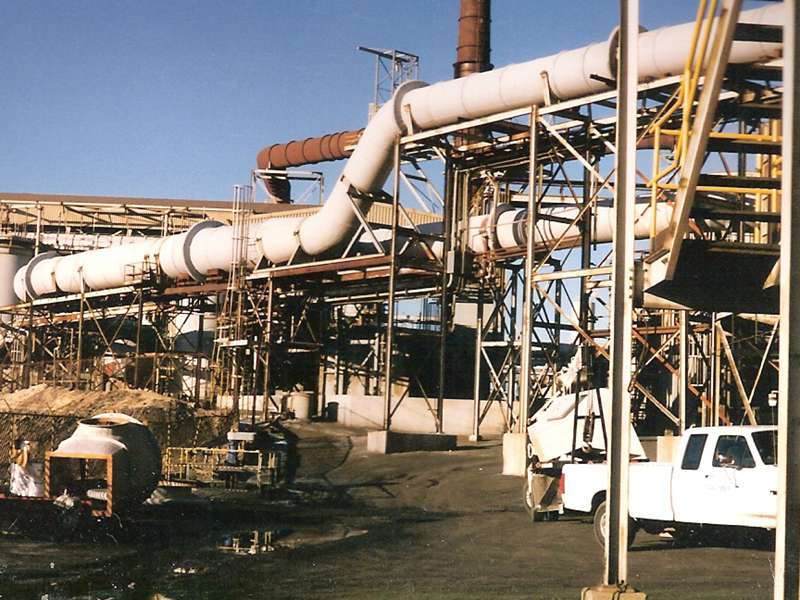
-
 Afrikaans
Afrikaans -
 Albanian
Albanian -
 Amharic
Amharic -
 Arabic
Arabic -
 Armenian
Armenian -
 Azerbaijani
Azerbaijani -
 Basque
Basque -
 Belarusian
Belarusian -
 Bengali
Bengali -
 Bosnian
Bosnian -
 Bulgarian
Bulgarian -
 Catalan
Catalan -
 Cebuano
Cebuano -
 China
China -
 China (Taiwan)
China (Taiwan) -
 Corsican
Corsican -
 Croatian
Croatian -
 Czech
Czech -
 Danish
Danish -
 Dutch
Dutch -
 English
English -
 Esperanto
Esperanto -
 Estonian
Estonian -
 Finnish
Finnish -
 French
French -
 Frisian
Frisian -
 Galician
Galician -
 Georgian
Georgian -
 German
German -
 Greek
Greek -
 Gujarati
Gujarati -
 Haitian Creole
Haitian Creole -
 hausa
hausa -
 hawaiian
hawaiian -
 Hebrew
Hebrew -
 Hindi
Hindi -
 Miao
Miao -
 Hungarian
Hungarian -
 Icelandic
Icelandic -
 igbo
igbo -
 Indonesian
Indonesian -
 irish
irish -
 Italian
Italian -
 Japanese
Japanese -
 Javanese
Javanese -
 Kannada
Kannada -
 kazakh
kazakh -
 Khmer
Khmer -
 Rwandese
Rwandese -
 Korean
Korean -
 Kurdish
Kurdish -
 Kyrgyz
Kyrgyz -
 Lao
Lao -
 Latin
Latin -
 Latvian
Latvian -
 Lithuanian
Lithuanian -
 Luxembourgish
Luxembourgish -
 Macedonian
Macedonian -
 Malgashi
Malgashi -
 Malay
Malay -
 Malayalam
Malayalam -
 Maltese
Maltese -
 Maori
Maori -
 Marathi
Marathi -
 Mongolian
Mongolian -
 Myanmar
Myanmar -
 Nepali
Nepali -
 Norwegian
Norwegian -
 Norwegian
Norwegian -
 Occitan
Occitan -
 Pashto
Pashto -
 Persian
Persian -
 Polish
Polish -
 Portuguese
Portuguese -
 Punjabi
Punjabi -
 Romanian
Romanian -
 Russian
Russian -
 Samoan
Samoan -
 Scottish Gaelic
Scottish Gaelic -
 Serbian
Serbian -
 Sesotho
Sesotho -
 Shona
Shona -
 Sindhi
Sindhi -
 Sinhala
Sinhala -
 Slovak
Slovak -
 Slovenian
Slovenian -
 Somali
Somali -
 Spanish
Spanish -
 Sundanese
Sundanese -
 Swahili
Swahili -
 Swedish
Swedish -
 Tagalog
Tagalog -
 Tajik
Tajik -
 Tamil
Tamil -
 Tatar
Tatar -
 Telugu
Telugu -
 Thai
Thai -
 Turkish
Turkish -
 Turkmen
Turkmen -
 Ukrainian
Ukrainian -
 Urdu
Urdu -
 Uighur
Uighur -
 Uzbek
Uzbek -
 Vietnamese
Vietnamese -
 Welsh
Welsh -
 Bantu
Bantu -
 Yiddish
Yiddish -
 Yoruba
Yoruba -
 Zulu
Zulu
fiberglass winding machine
Understanding Fiberglass Winding Machines The Key to Advanced Composite Manufacturing
In the ever-evolving field of composite materials, fiberglass winding machines play a crucial role in the production of high-performance fiberglass components. The process of fiber winding involves the application of continuous strands of fiberglass onto a rotating mandrel, creating cylindrical, conical, or any other desired shapes that possess remarkable strength and lightweight characteristics. This article explores the technology, advantages, applications, and future outlook of fiberglass winding machines, illuminating their importance in various industries.
The Technology Behind Fiberglass Winding Machines
Fiberglass winding machines can be categorized into different types based on winding techniques, including helical winding, hoop winding, and circular winding. Each method serves unique purposes and is chosen based on the final product's design requirements.
1. Helical Winding Here, the fiberglass is wound at a specific angle, allowing for strength optimization along the fiber direction. 2. Hoop Winding The fibers are oriented perpendicular to the mandrel's axis, which focuses on maximizing hoop stress resistance, ideal for pressure vessels. 3. Circular Winding Fibers are wound in a straightforward circular pattern, often used for less complex designs.
Modern machines integrate sophisticated software for computer numerical control (CNC), enabling precise adjustments during the winding process. Advanced sensors monitor parameters like tension and speed, ensuring consistent quality and reducing the likelihood of defects.
Advantages of Fiberglass Winding Machines
1. Strength and Durability Components produced through fiberglass winding exhibit superior mechanical properties. Their resistance to corrosion and extreme weather conditions makes them ideal for outdoor applications and challenging environments.
2. Lightweight Nature The low density of fiberglass makes it an excellent choice for industries where weight reduction is paramount, such as aerospace and automotive sectors.
3. Cost-Effectiveness Although the initial investment in fiberglass winding machinery can be significant, the efficiency and reduced labor costs associated with automated processes lead to lower production costs in the long run.
fiberglass winding machine

5. Enhanced Production Rates Automation in winding processes significantly boosts production rates compared to manual winding, ensuring timely delivery for mass production requirements.
Applications Across Various Industries
Fiberglass winding machines are utilized across several sectors
- Aerospace Lightweight, high-strength components are essential for aerospace applications, and fiberglass winding provides the ideal material for fuel tanks and structural components. - Automotive The automotive industry leverages fiberglass winding for manufacturing components such as gas tanks and casings, contributing to overall vehicle weight reduction.
- Energy In the renewable energy sector, fiberglass is widely used in turbine blades for wind energy equipment and pipes for transporting fuels.
- Construction Reinforced fiberglass structures, made through winding, are increasingly used in construction for their strength, durability, and resistance to environmental factors.
- Marine Fiberglass boats and other marine structures benefit significantly from the strength-to-weight ratio enabled by fiberglass winding technologies.
Future Outlook
As industries continue to seek lightweight and durable materials, the demand for fiberglass winding machines is expected to rise. Innovations in resin technologies, such as the development of eco-friendly and bio-based resins, could revolutionize the fiberglass industry, leading to more sustainable manufacturing processes. Furthermore, the integration of advanced technologies such as artificial intelligence and machine learning may pave the way for more intelligent and adaptive winding machines, enhancing production efficiency and product quality.
In conclusion, fiberglass winding machines are a pivotal technology in the composite manufacturing ecosystem, enabling the production of high-performance components across various industries. As technology progresses and sustainability becomes a prerequisite in manufacturing, the role of fiberglass winding machines will only continue to expand, shaping the future of materials engineering. Whether in aerospace, automotive, energy, or construction, the benefits of fiberglass winding will remain a cornerstone of innovation and efficiency in the composite materials sector.









